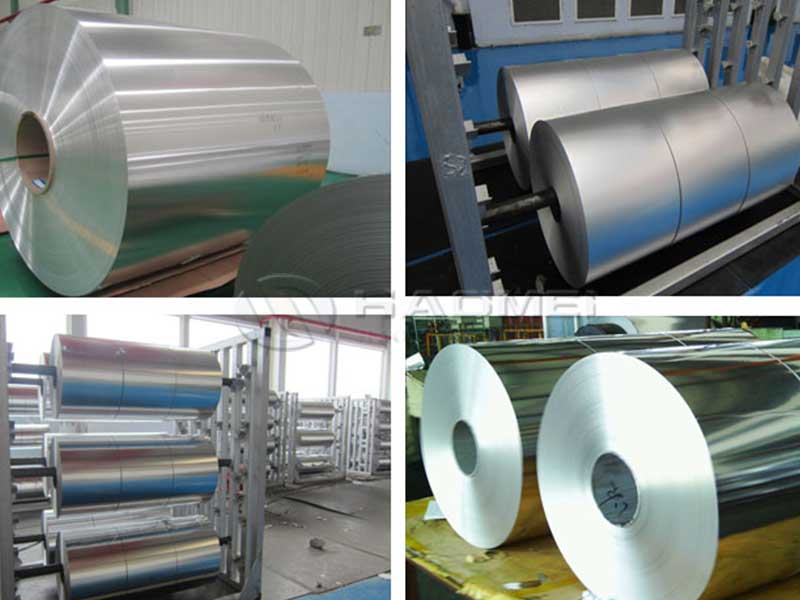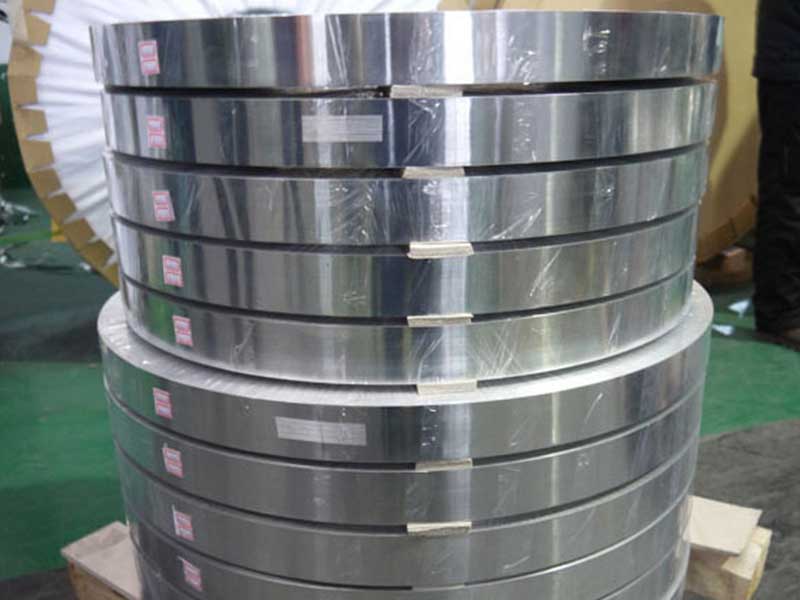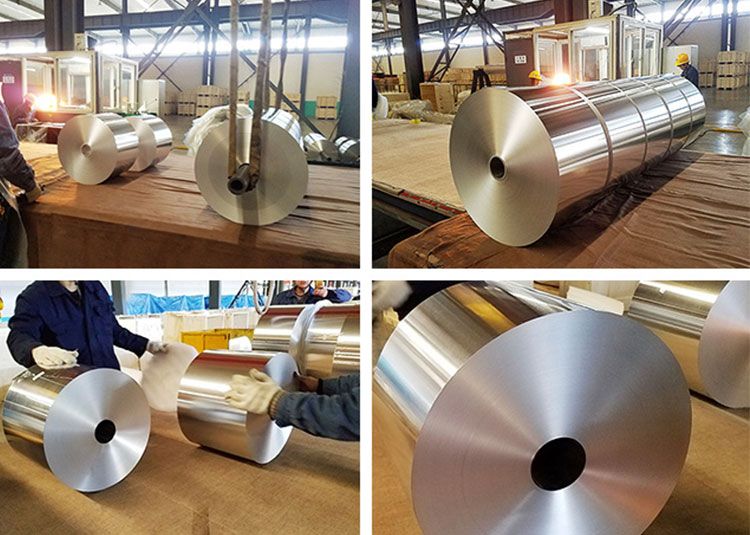Aluminum foil is a versatile product used across numerous industries, particularly in packaging, cooking, and food preservation. Among the various grades of aluminum foil, 8011 aluminum foil and 8021 aluminum foil are two of the most commonly used types. Understanding their differences is crucial for making the right choice for specific applications. This article will explore these two grades and highlight their unique properties and applications.
What is 8011 Aluminum Foil?
8011 aluminum foil is an aluminum alloy composed mainly of aluminum, with elements like iron and lithium. It is renowned for its excellent quality and durability. Here are some of the standout attributes of 8011 aluminum foil:
- Thickness and Strength: 8011 aluminum foil is typically thicker than other types of foils and offers significant strength. This is crucial in applications that require high stability and durability.
- Barrier Properties: It has excellent moisture, light, and gas barrier properties, making it ideal for food packaging to maintain freshness and prevent spoilage.
- Chemical Resistance: This foil has good resistance to certain chemicals, making it suitable for pharmaceutical applications as well.
Applications of 8011 Aluminum Foil
8011 aluminum foil is widely used in various sectors, including:
- Food Packaging: Ideal for producing flexible cosmetic and food containers.
- Pharmaceuticals: Utilized in the production of tablet packaging to protect medicines from moisture and light.
- Insulation: Often used in thermal insulation for building products.
What is 8021 Aluminum Foil?
8021 aluminum foil, on the other hand, is slightly different from 8011 due to its alloy composition, which usually includes copper and magnesium. This leads to different physical properties and applications:
- Thin and Lightweight: 8021 aluminum foil is generally thinner than 8011, but it is also unique due to its toughness. The thinness allows for easier handling and cutting while providing adequate barrier properties.
- Superior Puncture Resistance: The structure of 8021 foil offers exceptional puncture resistance, making it a preferred choice in certain packaging solutions.
- Heat Sealability: It is highly favored for applications requiring heat sealability, making it suitable for sealed food packs that require an airtight seal.
Applications of 8021 Aluminum Foil
8021 aluminum foil is used effectively in various domains, including:
- Food and Beverage Packaging: Especially for ready-to-eat meals and dairy products that require a tight seal.
- Sealable Pouches and Trays: Ideal for applications where an overlay needs to maintain product freshness while being easy to open.
- Battery Production: Used in the production of batteries due to its unique chemical and thermal properties.
Key Differences Between 8011 and 8021 Aluminum Foil
When comparing 8011 and 8021 aluminum foil, several distinctions arise:
1. Composition: While both foils have aluminum as the main ingredient, 8021 includes more copper and magnesium elements than 8011.
2. Thickness: 8011 is typically thicker, although 8021 offers lighter weight options that can also be effective.
3. Applications: 8011 is more suitable for heavy-duty applications like pharmaceuticals and heavy food packaging, while 8021 excels in areas requiring thin, yet durable sealing options.
4. Standardization: 8011 is manufactured to conform to stringent industry standards, making it a favorite in healthcare applications.













